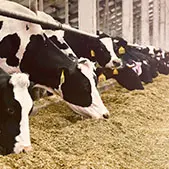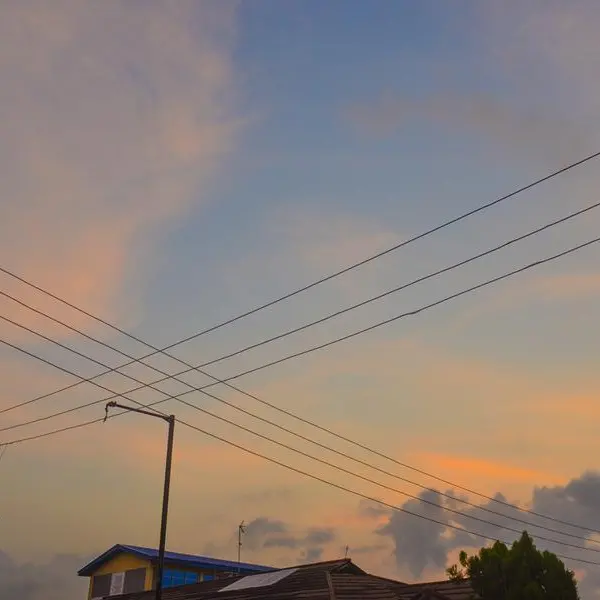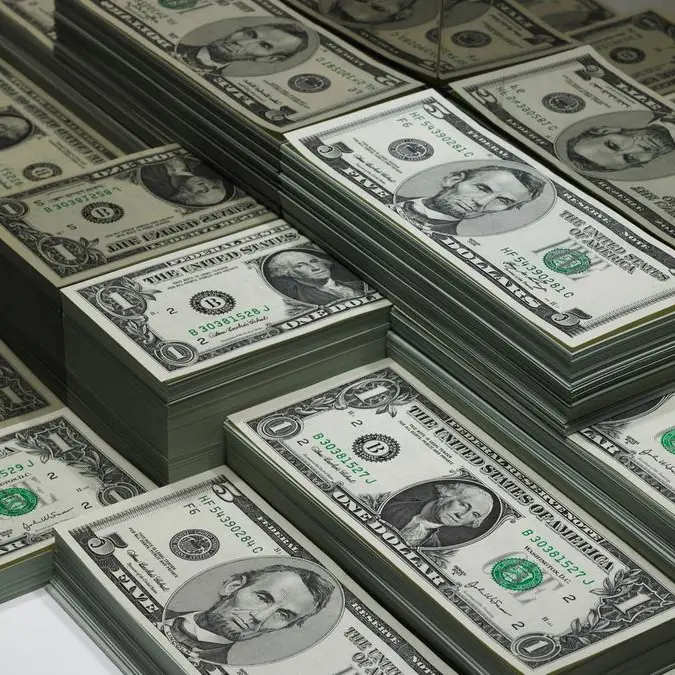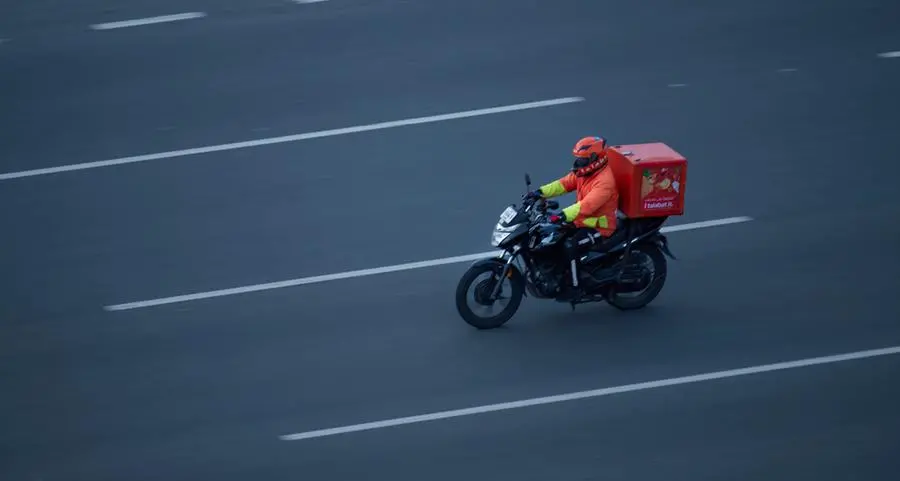PHOTO
South Africa’s 2024 sugarcane harvest is expected to be 10% lower than average, primarily due to drier conditions in KwaZulu-Natal's growing areas. Since 2020, the country’s cane growers have produced an average of 18 million tonnes of sugarcane per season, but this year’s crop is projected to fall below 17 million tonnes, according to SA Canegrowers.
The most affected areas are the North Coast, South Coast, and Midlands, but the drier-than-usual season affected most growers across KwaZulu-Natal. Although Mpumalanga also experienced a drier-than-normal season, growers in this region irrigate to supplement rainfall. The reduction in load shedding, allowing for uninterrupted and consistent irrigation somewhat offset the poor 2024 growing conditions for Mpumalanga.
"The 2024 season’s reduced yield underscores the increasing vulnerability of our industry to climate pressures, particularly for our rain-fed growers. While we are fortunate to still meet local demand, the reduced export potential impacts our growers’ income and the broader economy," says Higgins Mdluli, chairman of SA Canegrowers.
Sugar mills shut early due to lower crop yield
The drier growing season yielding fewer crops has meant that three of the country’s 12 sugar mills have already closed for the crushing season, more than a month ahead of schedule.
Despite the lower sugarcane yield, South Africa will still produce more than enough sugar to meet local demand. With an estimated 1.9 million tons of sugar to be processed this year, the country’s domestic and commercial sugar usage in the Southern African Customs Union (SACU) is around 1.5 million tonnes annually. However, the reduced yield will result in significantly less sugar available for export markets.
Before the Health Promotion Levy (or sugar tax) was introduced in 2018, a normal season would have produced about 20 million tons of sugarcane. The suppressed demand has since contributed to reasons why growers plan to grow less.
Revitalising the industry through diversification
As recently recognised by Agriculture Minister John Steenhuisen and Deputy Minister of Trade, Industry and Competition Zuko Godlimpi, there is enormous potential for South Africa’s canegrowers to return to pre-sugar tax levels if diversification strategies, including investment into sustainable aviation fuels (SAF) receive enough support. Sugarcane is an excellent feedstock that could be converted into SAFs, meaning growers do not need to look to alternative crops.
“Since the sugar tax was introduced in 2018, we've seen a significant drop in production levels. This means that a year with a further below-average yield put our growers in a precarious position. Many costs were already incurred, and the lower production will affect growers’ financial position.
"There is a huge opportunity to revitalize the sector through diversification strategies like sustainable aviation fuels, which offer a promising alternative market for our growers. With the right support, we could return to the pre-tax production levels and boost the industry's resilience," says Mdluli.
All rights reserved. © 2022. Bizcommunity.com Provided by SyndiGate Media Inc. (Syndigate.info).























